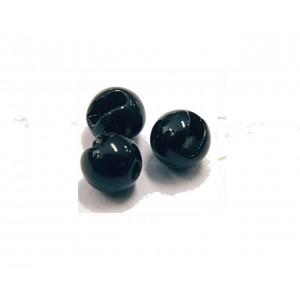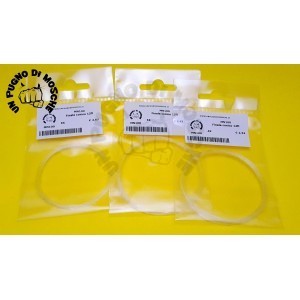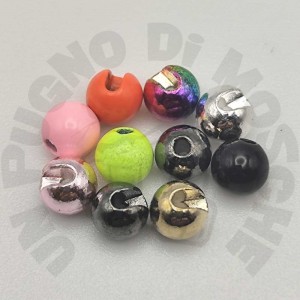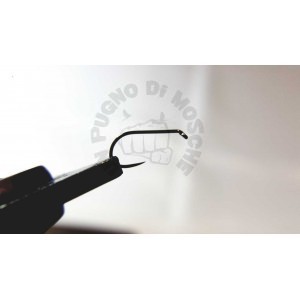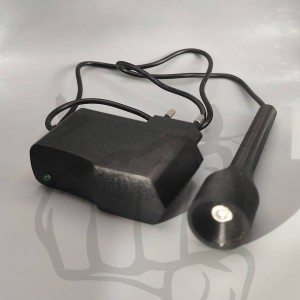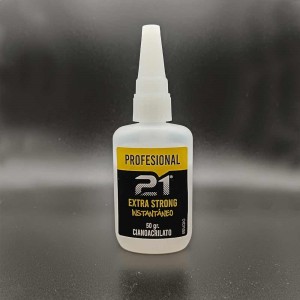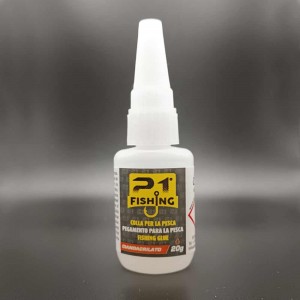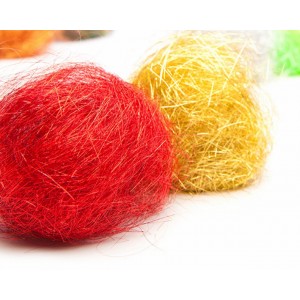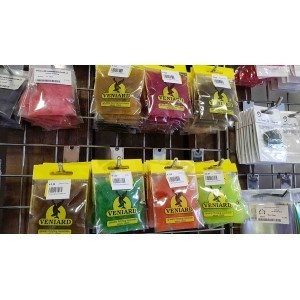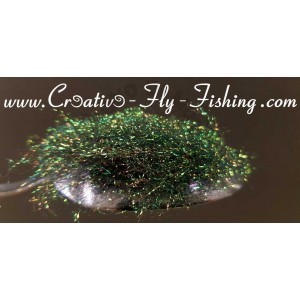
Dubbing
Active filters
Dubbing | Fly tying
Dubbing is a very important material to tie flies. Thanks to it we can tie the bodies of all flies, but we must pay attention to the type of dubbing we want to use.
There are in fact different types of dubbing, natural, synthetic, more suitable for different uses. Natural dubbing is normally more suitable for wet flies and nymphs, in fact they usually tend to absorb water during the various fishing phases, thus weighing down the flies. Kapok and seal dubbing, on the other hand, due to its water-repellent properties, are indicated for dry flies despite being a natural dubbing.
Synthetic dubbing, unlike natural dubbing, should float precisely because it does not absorb water, even here there are considerations to be made, synthetic dubbing, normally made of polypropylene is very similar to kapok dubbing, has very thin fibers and ridges, consequently it tends to float a lot, on the contrary the ice dubbing, although the fibers are frizzy, are much less dense and will tend to sink.


